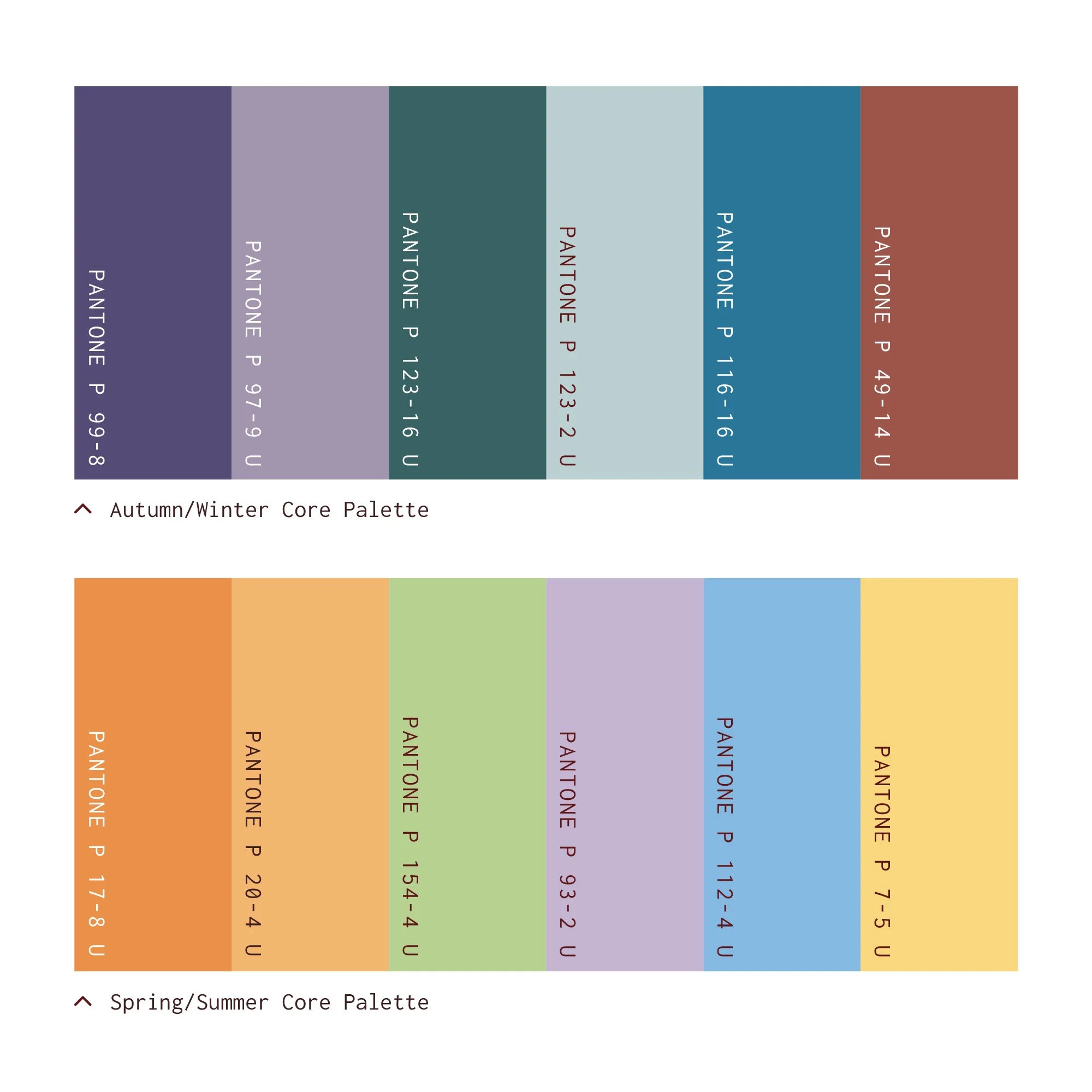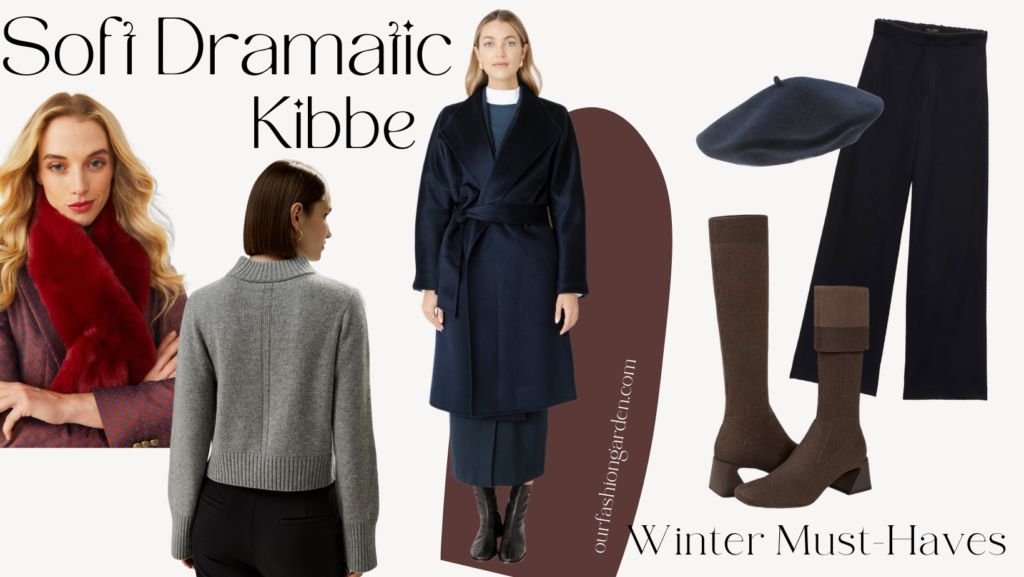Sustainable Fashion: Style with Purpose
Sustainable fashion represents more than a trend; it embodies a fundamental shift toward conscious consumption and environmental responsibility. As awareness grows about the fashion industry's impact on our planet, consumers increasingly seek ways to express personal style while supporting ethical and eco-friendly practices.
This comprehensive approach to fashion considers the entire lifecycle of clothing, from fiber production through manufacturing, transportation, use, and eventual disposal. By understanding these connections, we can make informed choices that reduce environmental impact while building wardrobes that reflect both personal values and aesthetic preferences.
Sustainable Fashion Philosophy: True sustainability in fashion encompasses environmental responsibility, social equity, and economic viability. It prioritizes quality over quantity, longevity over trends, and conscious choices over impulse purchases.
The Environmental Impact of Fashion
Understanding the fashion industry's environmental footprint provides crucial context for making sustainable choices. From water consumption and chemical pollution to greenhouse gas emissions and textile waste, fashion production significantly impacts our planet's resources and ecosystems.
Fashion Industry Environmental Impact
These statistics illuminate why sustainable fashion choices matter. Every purchasing decision represents an opportunity to support practices that minimize environmental harm while encouraging industry-wide improvements in production methods and supply chain transparency.
Principles of Sustainable Fashion
Building a sustainable wardrobe requires understanding core principles that guide ethical fashion choices. These foundations help evaluate brands, products, and personal consumption patterns to align purchasing decisions with environmental and social values.
Circular Economy
Embracing circular fashion means prioritizing durability, repairability, and recyclability. Choose pieces designed for longevity and support brands implementing take-back programs and recycling initiatives.
Ethical Production
Support brands ensuring fair wages, safe working conditions, and respectful treatment of workers throughout their supply chains. Transparency in labor practices indicates genuine commitment to social responsibility.
Environmental Stewardship
Choose brands minimizing water usage, avoiding harmful chemicals, and implementing renewable energy in production. Sustainable materials and eco-friendly packaging demonstrate environmental commitment.
Timeless Design
Invest in classic styles and quality construction that transcend seasonal trends. Timeless pieces provide long-term value while reducing the pressure for frequent wardrobe updates.
Material Consciousness
Understanding sustainable materials empowers informed choices about fabric selection and care. Natural fibers, recycled materials, and innovative sustainable alternatives each offer unique benefits and considerations for environmentally conscious consumers.
- Organic cotton requires less water and avoids synthetic pesticides
- Linen and hemp are naturally durable and biodegradable
- Tencel and modal offer silk-like properties from sustainable wood sources
- Recycled polyester diverts plastic waste from landfills and oceans
- Deadstock fabrics utilize surplus materials that would otherwise be wasted
Building a Sustainable Wardrobe
Creating a sustainable wardrobe involves strategic planning, mindful purchasing, and ongoing care practices. This process requires evaluating current possessions, identifying genuine needs, and making conscious choices about new additions.
Wardrobe Assessment and Planning
Begin your sustainable fashion journey by thoroughly assessing your current wardrobe. Identify pieces you wear frequently, items that need repair or alteration, and gaps that require filling with thoughtful purchases.
- Catalog existing pieces by category, condition, and frequency of wear
- Identify versatile items that work across multiple occasions and seasons
- Note pieces requiring repair, alteration, or professional cleaning
- Determine genuine wardrobe gaps versus perceived needs driven by trends
- Establish a realistic timeline for sustainable replacements and additions
This assessment creates a foundation for strategic purchasing decisions that prioritize necessity, versatility, and long-term value over impulse buying and trend-driven additions.
Sustainable Brand Evaluation Checklist
Sustainable Shopping Strategies
Developing effective sustainable shopping habits requires changing mindset from quantity-focused consumption to quality-conscious investment. This shift emphasizes research, patience, and long-term value over immediate gratification and trend participation.
Pre-Purchase Research
Thorough research before making purchases ensures alignment with sustainable values while maximizing satisfaction with new additions. This process includes brand investigation, material evaluation, and consideration of long-term versatility.
Read brand sustainability reports, certifications, and customer reviews to understand production practices and product quality. Consider how potential purchases integrate with existing wardrobe pieces and whether they serve multiple styling purposes.
Alternative Shopping Methods
Sustainable fashion extends beyond new purchases to include pre-owned, vintage, and rental options that reduce environmental impact while offering unique style opportunities.
- Thrift stores and consignment shops for unique finds and affordable quality pieces
- Online second-hand platforms for specific items and designer pieces
- Clothing swaps with friends and community groups for wardrobe refreshment
- Rental services for special occasions and trend experimentation
- Vintage stores for timeless pieces and unique historical styles
Cost Per Wear Formula: Calculate the true value of clothing purchases by dividing the price by expected wear frequency. This metric helps justify higher upfront costs for quality pieces that provide long-term value.
Caring for Sustainable Fashion
Proper care extends the life of clothing while maintaining appearance and functionality. Sustainable garment care involves gentle cleaning methods, appropriate storage, and timely repairs that preserve investment pieces for years of continued wear.
Eco-Friendly Garment Care
Adopting environmentally conscious care practices reduces water consumption, energy usage, and chemical exposure while protecting both clothing and health.
- Wash clothing only when necessary using cold water and eco-friendly detergents
- Air dry when possible to preserve fabric integrity and reduce energy consumption
- Use natural stain removal methods before resorting to harsh chemicals
- Store garments properly to prevent damage and extend wearable life
- Address minor repairs promptly to prevent small issues from becoming major problems
Repair and Alteration Skills
Developing basic sewing skills enables simple repairs and alterations that extend garment life while saving money and resources. These abilities transform minor damage from disposal triggers into manageable maintenance tasks.
Learn to sew buttons, mend small tears, and hem garments to maintain clothing in wearable condition. For complex alterations, invest in professional tailoring services that ensure proper fit and continued satisfaction with quality pieces.
The Future of Sustainable Fashion
Innovation in sustainable fashion continues advancing through material science, production technology, and business model evolution. Understanding these developments helps consumers support emerging solutions while making informed choices about future purchases.
Emerging Sustainable Technologies
New materials and production methods offer promising alternatives to conventional fashion manufacturing. Lab-grown leather, recycled ocean plastic, and closed-loop production systems represent advancing solutions to environmental challenges.
Biotechnology increasingly enables innovative materials that replicate traditional fabrics without environmental harm. These developments create opportunities for truly sustainable fashion choices that maintain performance and aesthetic appeal.
Consumer Power and Industry Change
Consumer demand drives industry transformation toward more sustainable practices. Every purchase represents a vote for the type of fashion industry we want to support and develop for future generations.
Supporting transparent brands, demanding accountability, and choosing quality over quantity collectively influence industry standards and encourage broader adoption of sustainable practices across fashion supply chains.
Living Sustainably with Style
Sustainable fashion enables personal expression while supporting environmental and social responsibility. This approach to dressing requires mindfulness, planning, and commitment to values-driven choices that create positive impact beyond personal wardrobes.
Embrace the journey toward sustainable fashion as an ongoing process of learning, adapting, and refining choices based on evolving understanding and available options. Every conscious decision contributes to a more sustainable future for fashion and our planet.
Remember that perfection is not the goal; progress and intentionality matter more than absolute adherence to every sustainable practice. Focus on making better choices consistently rather than pursuing unattainable ideals that may lead to discouragement or abandonment of sustainable efforts.



